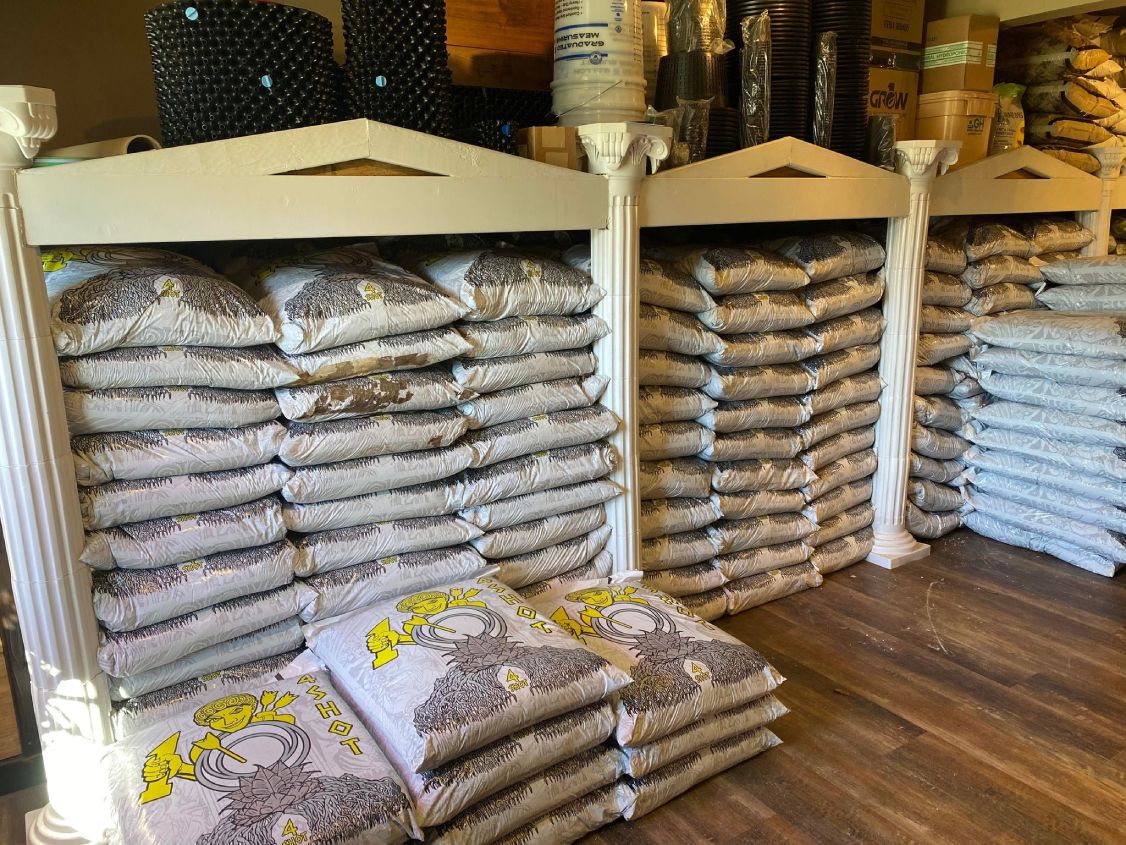The Ultimate Overview to Hydroponic Systems and Techniques
On the planet of modern-day farming, hydroponic systems have arised as a revolutionary technique for growing plants without dirt. The thorough balance of water, nutrients, and light in hydroponic configurations provides an encouraging option to traditional farming practices. As we uncover the ins and outs of hydroponics in this extensive guide, we will certainly navigate with the various kinds of systems, explore the crucial nutrients important for plant development, and explore advanced methods that can significantly boost yields. However what occurs when common problems arise in hydroponic systems? Keep tuned to decipher the troubleshooting methods that can make or break a successful harvest.
Advantages of Hydroponic Equipments
Hydroponic systems offer a wide range of advantages, including efficient source utilization and precise nutrient shipment to plants. By supplying a controlled setting for plant development, hydroponic systems make it possible for optimum water and nutrient use, leading to higher yields compared to standard soil-based farming. This performance not just preserves sources yet likewise minimizes waste, making hydroponic systems eco-friendly.
Additionally, the specific distribution of nutrients in hydroponic systems enables customization based upon the details demands of each plant selection. This targeted technique makes sure that plants obtain the appropriate equilibrium of necessary nutrients, advertising healthier growth and minimizing the threat of nutrient shortages or discrepancies. Furthermore, the ability to adjust and monitor nutrient degrees in real-time maximizes plant efficiency and total plant high quality.
Moreover, hydroponic systems get rid of the requirement for chemicals and herbicides, as the closed-loop system reduces the threat of insects and conditions that are generally found in soil-based farming - The Indoor Earthworm. This not only profits the plants and the atmosphere yet also contributes to creating cleaner, healthier crops for usage
Sorts Of Hydroponic Setups

Nutrient Film Method (NFT) uses a superficial stream of nutrient option flowing over the plant origins, giving a constant supply of nutrients. Trickle systems entail dripping a nutrient solution onto the plant origins, using specific control over feeding.
Each kind of hydroponic setup has its advantages and is matched to different plant selections and growth phases. Comprehending the distinctive functions of these systems can assist hydroponic cultivators choose one of the most appropriate setup for their details needs and choices.
Essential Nutrients for Hydroponics
In hydroponic systems, plants count on an exact equilibrium of vital nutrients to grow and grow effectively. These crucial nutrients are essential for various plant functions such as photosynthesis, origin development, and general development.
Along with macronutrients, plants likewise require secondary nutrients like magnesium, sulfur, and right here calcium, along with micronutrients such as iron, copper, zinc, and manganese (The Indoor Earthworm). These nutrients are crucial for making certain that plants have all the necessary foundation to perform crucial organic procedures

Advanced Techniques for Maximum Return
To attain ideal yields in hydroponic systems, farmers can carry out sophisticated techniques that enhance plant development and productivity. In addition, utilizing techniques like plant training and trimming can assist enhance light distribution and air movement, guaranteeing that all components of the plant get sufficient light and nutrients. Making use of automated systems for nutrient shipment and tracking can aid preserve optimal nutrient degrees, decreasing the threat of deficiencies or imbalances that Go Here can prevent plant growth.
Troubleshooting Common Hydroponic Issues
One common issue is nutrition deficiencies, where plants do not have essential elements for healthy and balanced growth. Keeping the right pH variety particular to the plant being expanded is essential for optimum nutrient uptake. By immediately determining and dealing with these common hydroponic issues, farmers can keep healthy and balanced plants and make best use of returns in their hydroponic systems.
Final Thought
In final thought, hydroponic systems offer countless advantages for growing plants efficiently. By making use of different types of arrangements and offering vital nutrients, growers can attain optimal yield via advanced strategies. It is essential to troubleshoot usual issues that might occur in order to keep a successful hydroponic operation. With cautious planning and interest to information, hydroponic systems can transform the means plants are cultivated, leading to even more sustainable and efficient agricultural methods.
By offering a regulated setting for plant growth, hydroponic systems allow optimal water and nutrient usage, leading to greater returns compared to conventional soil-based farming. The Indoor Earthworm. Nutrient Film Method (NFT) makes use of a superficial stream of nutrient solution flowing over the plant origins, giving a constant supply of nutrients. Tracking and changing nutrient degrees More Info based on plant development stages is important to preventing nutrient deficiencies or toxicities and taking full advantage of plant productivity in hydroponic systems
Furthermore, utilizing strategies like plant training and trimming can aid optimize light distribution and airflow, guaranteeing that all components of the plant obtain ample light and nutrients. Making use of automated systems for nutrient delivery and monitoring can help maintain optimum nutrient degrees, reducing the risk of deficiencies or imbalances that can hinder plant growth.
Comments on “The Indoor Earthworm: The Role of Earthworms in Indoor Gardening”